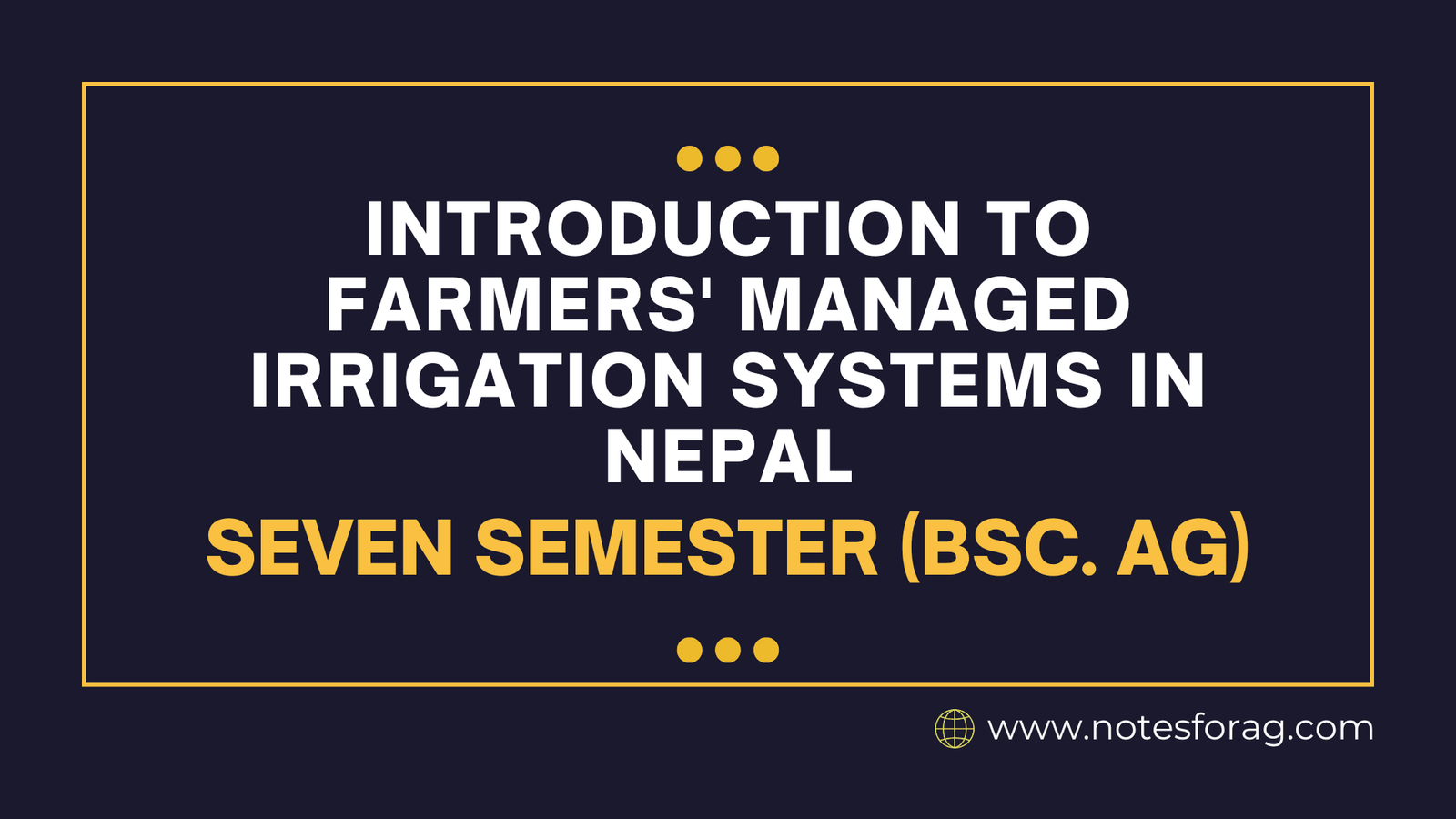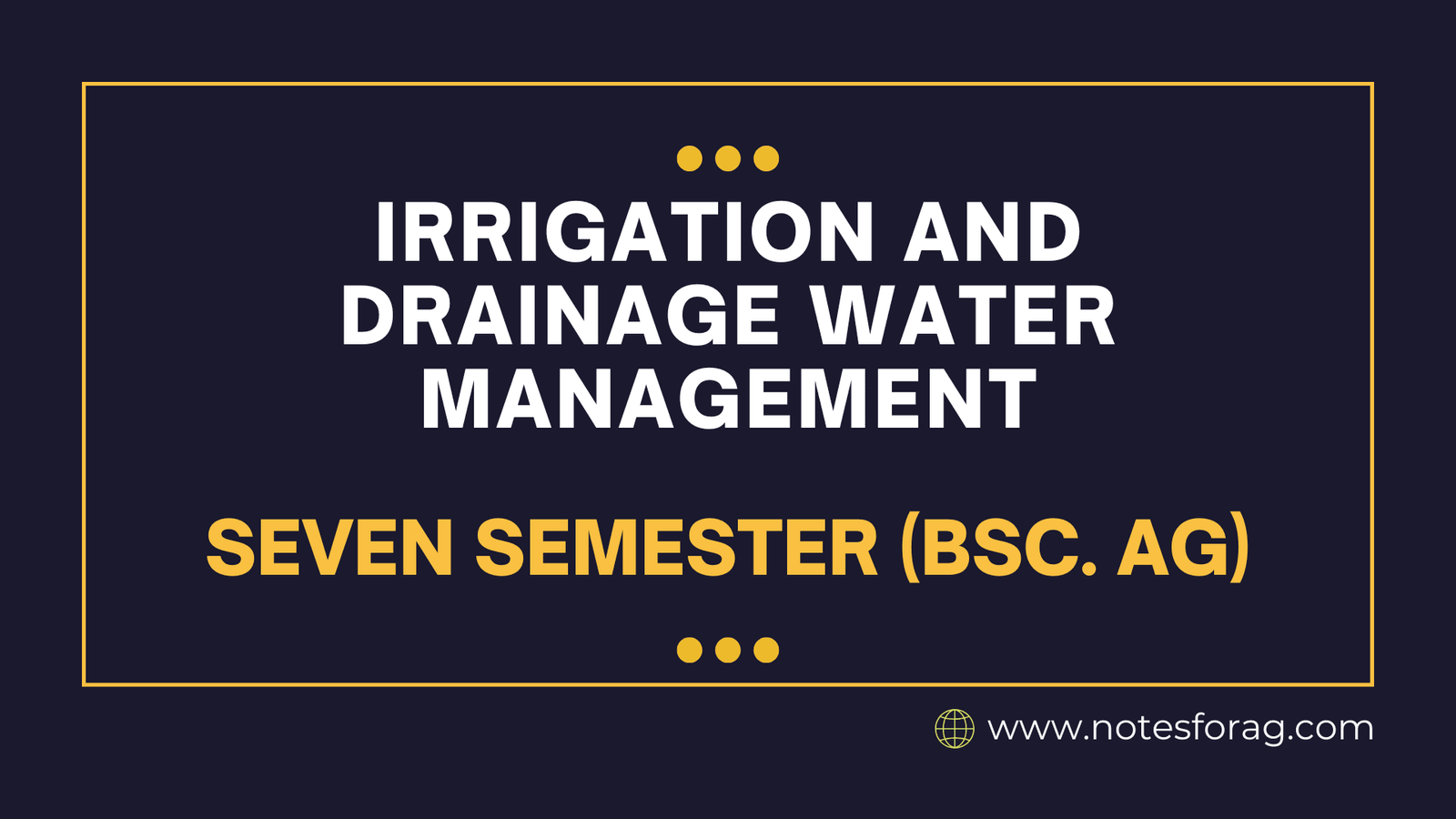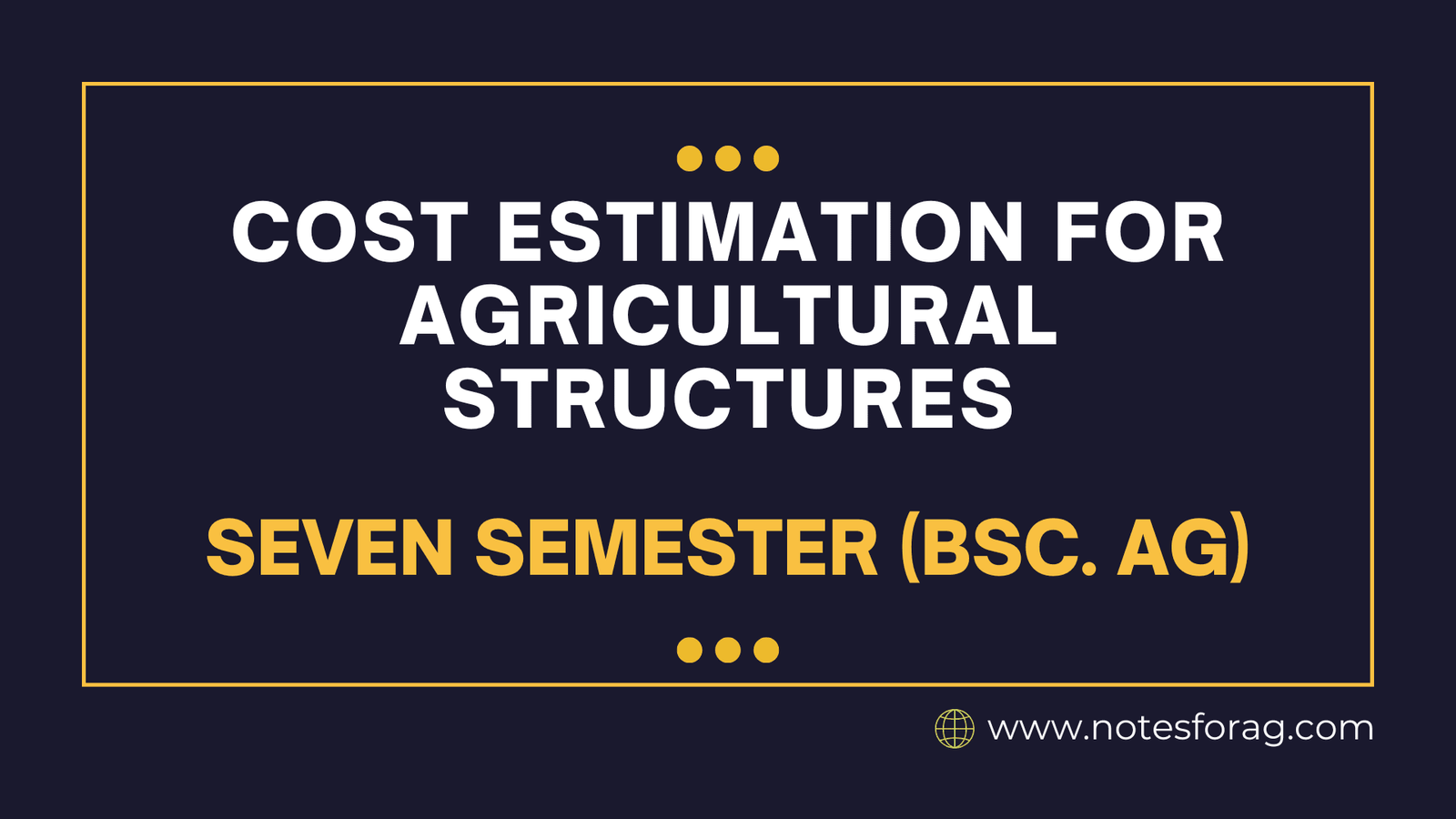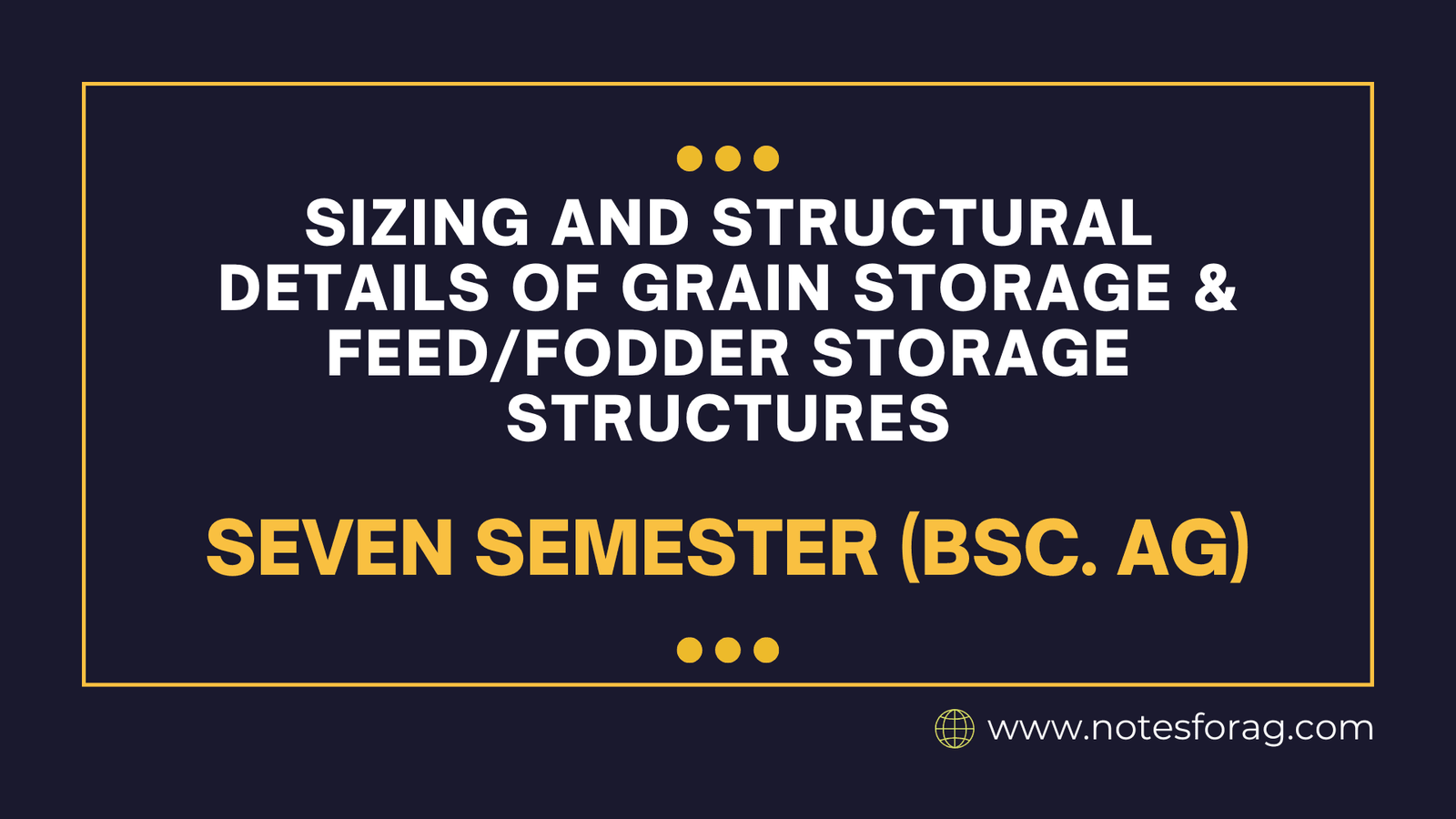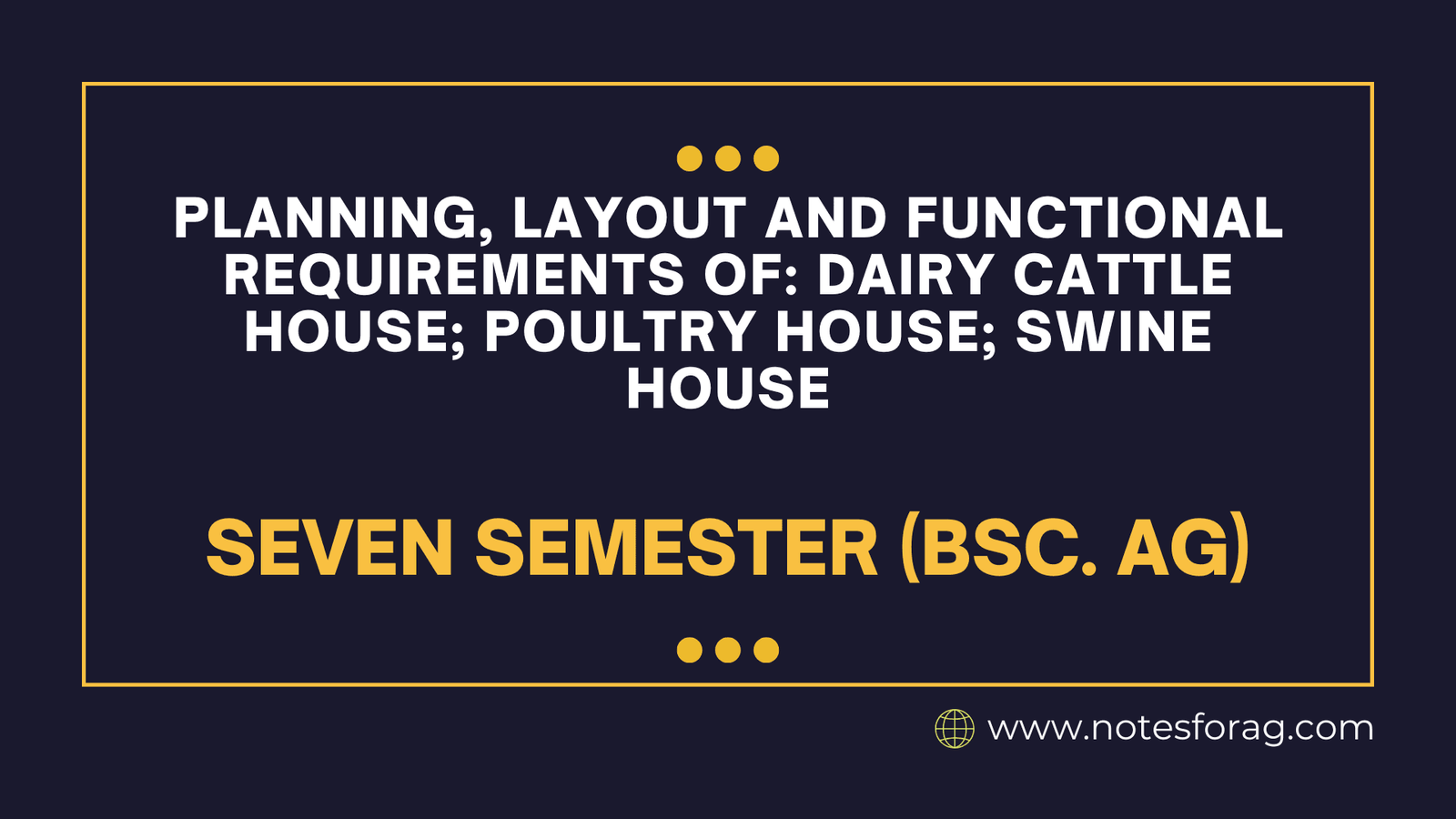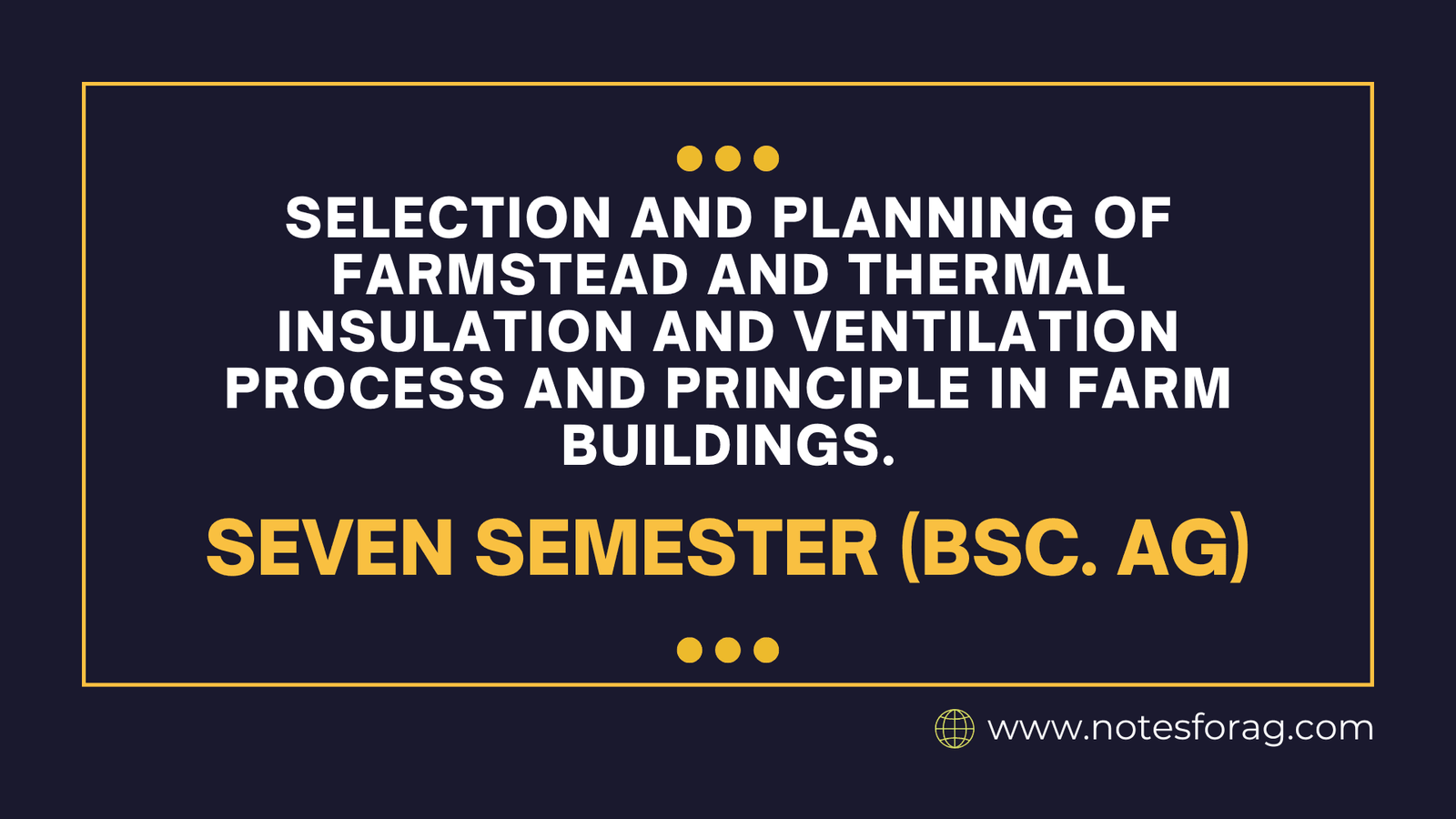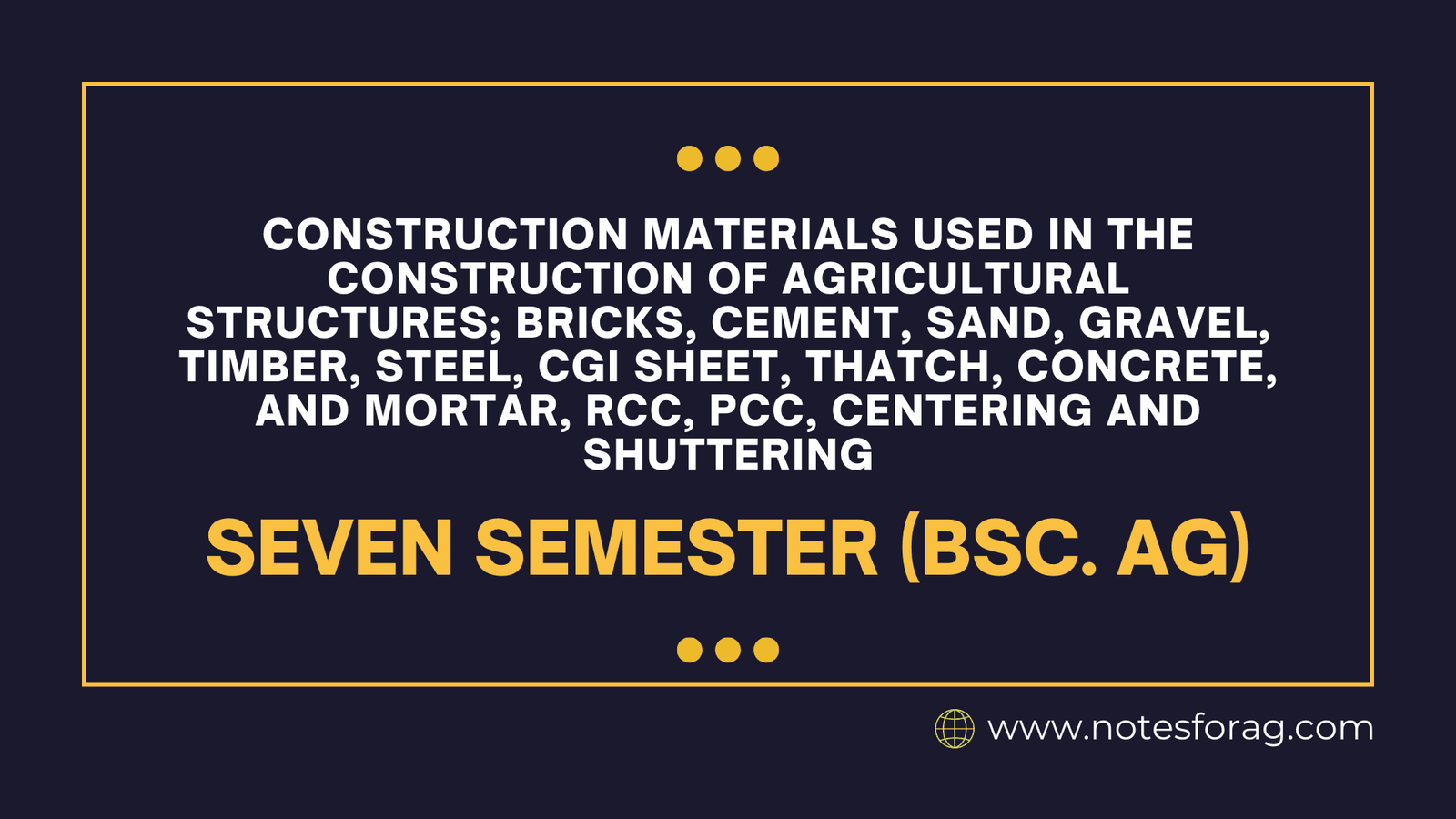Introduction to Farmers’ Managed Irrigation Systems in Nepal
Agriculture is the backbone of Nepal’s rural economy, and the majority of the population depends on farming for their livelihood. Although rainfall during the monsoon season is the main water source for agriculture, the importance of efficient irrigation systems becomes clear during the dry season. In this context, Farmers’ Managed Irrigation Systems (FMIS) have been … Read more

